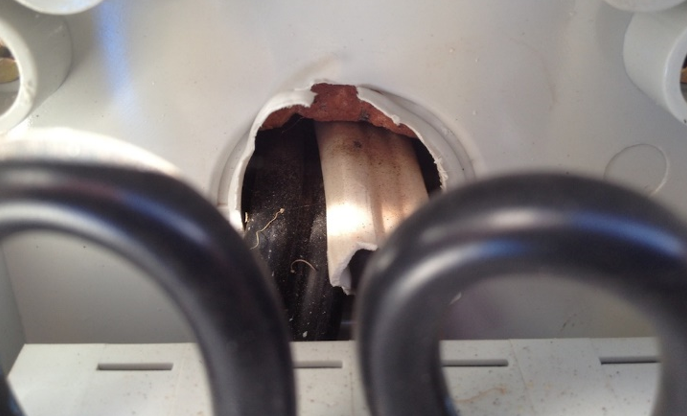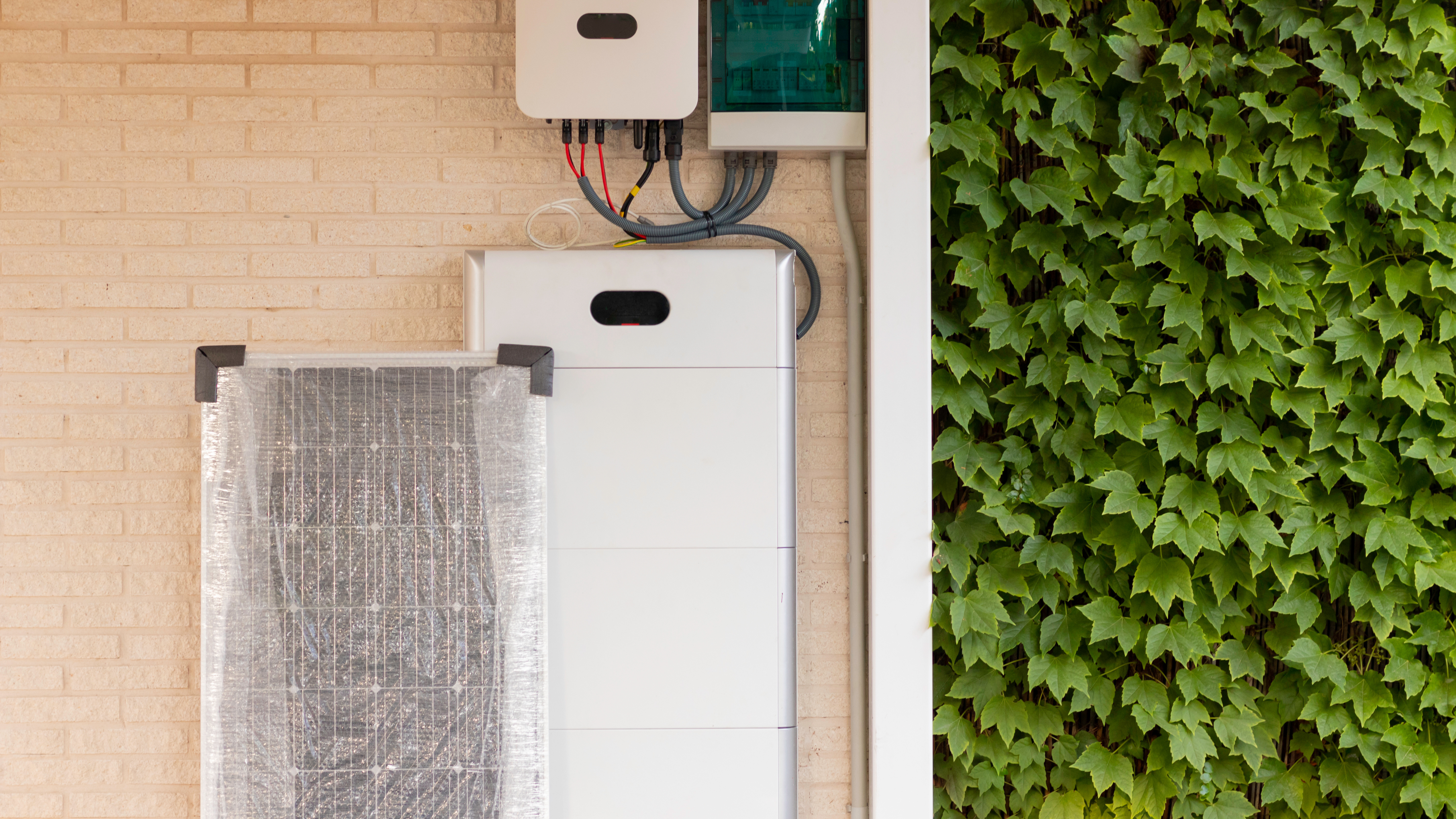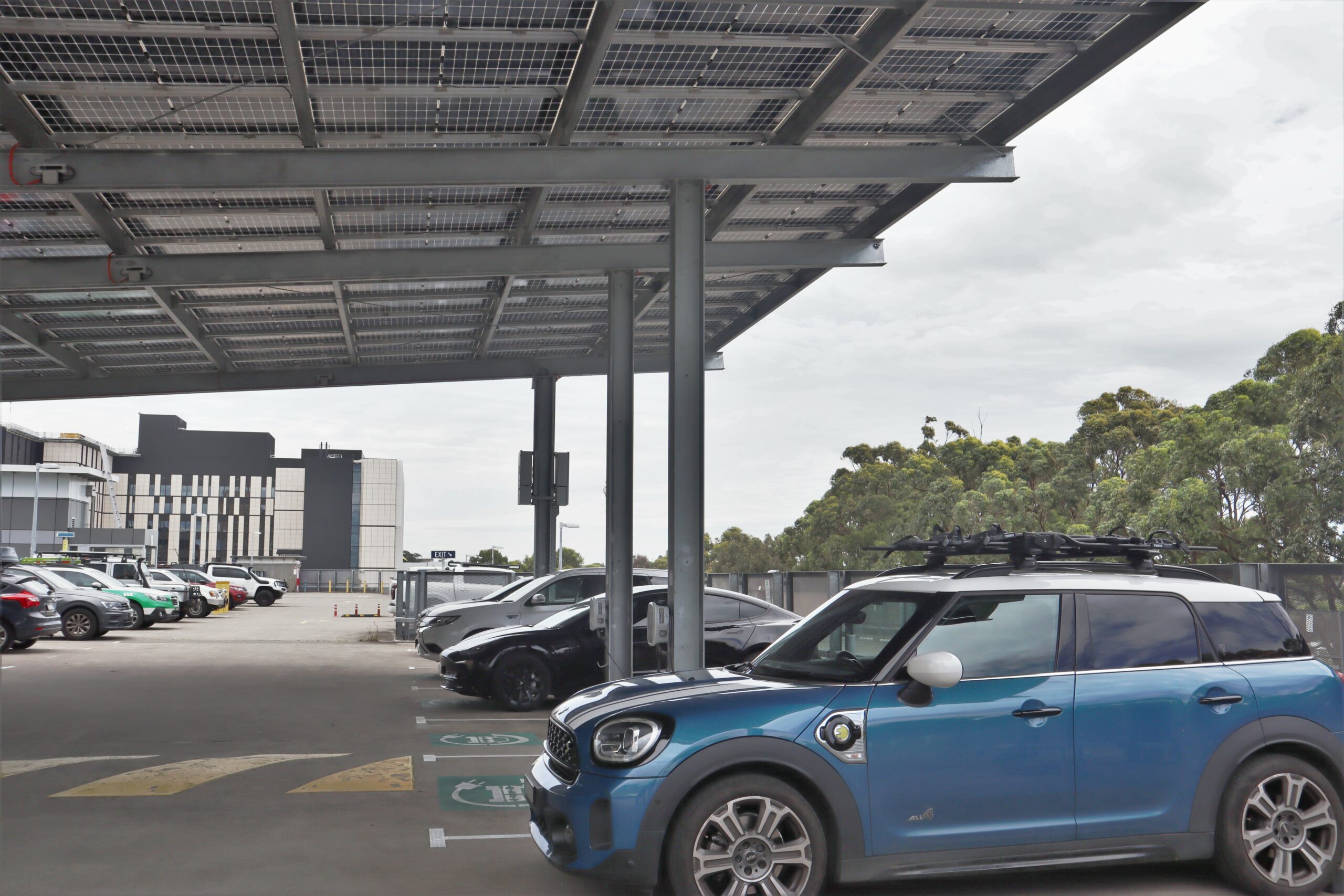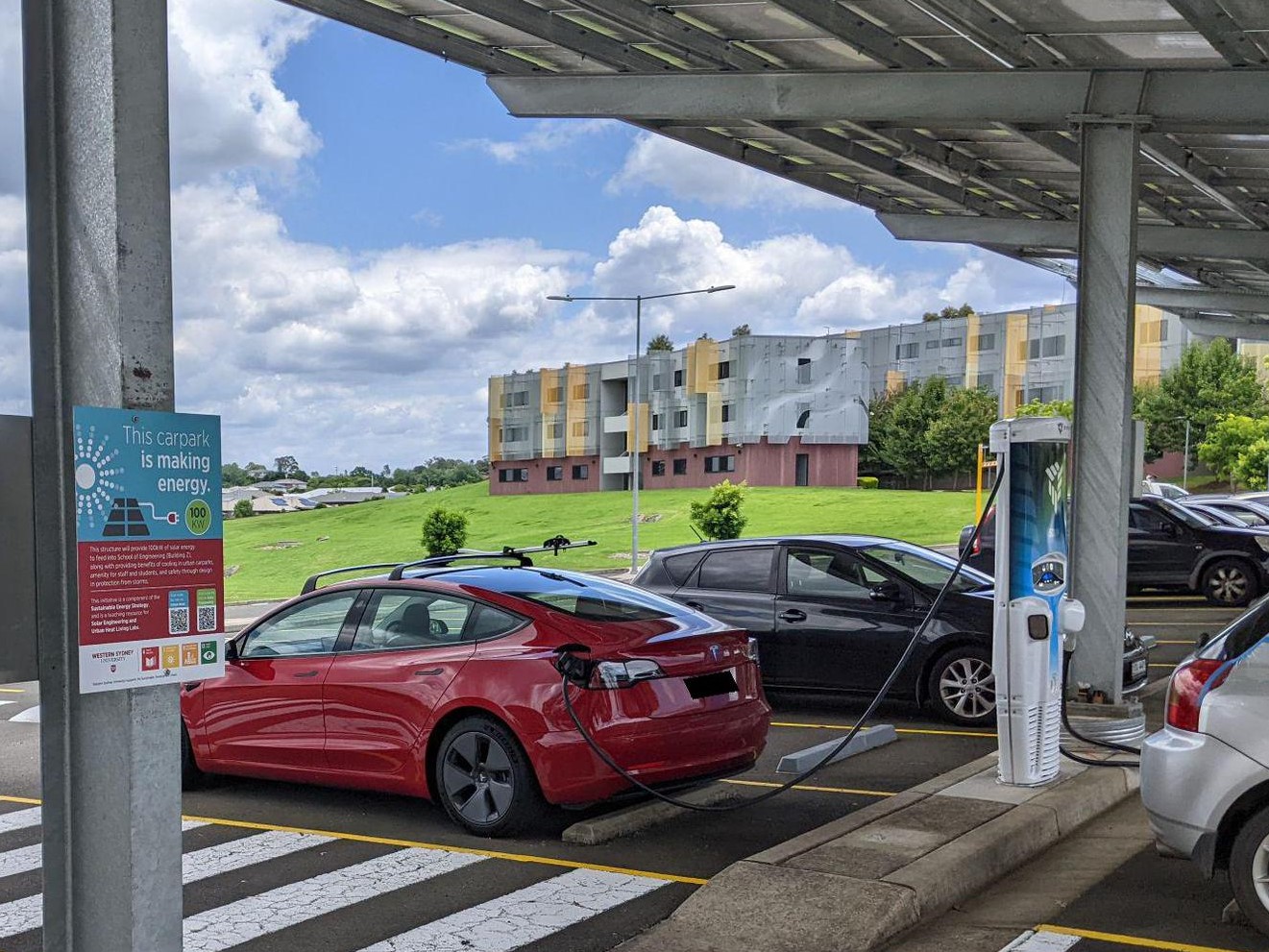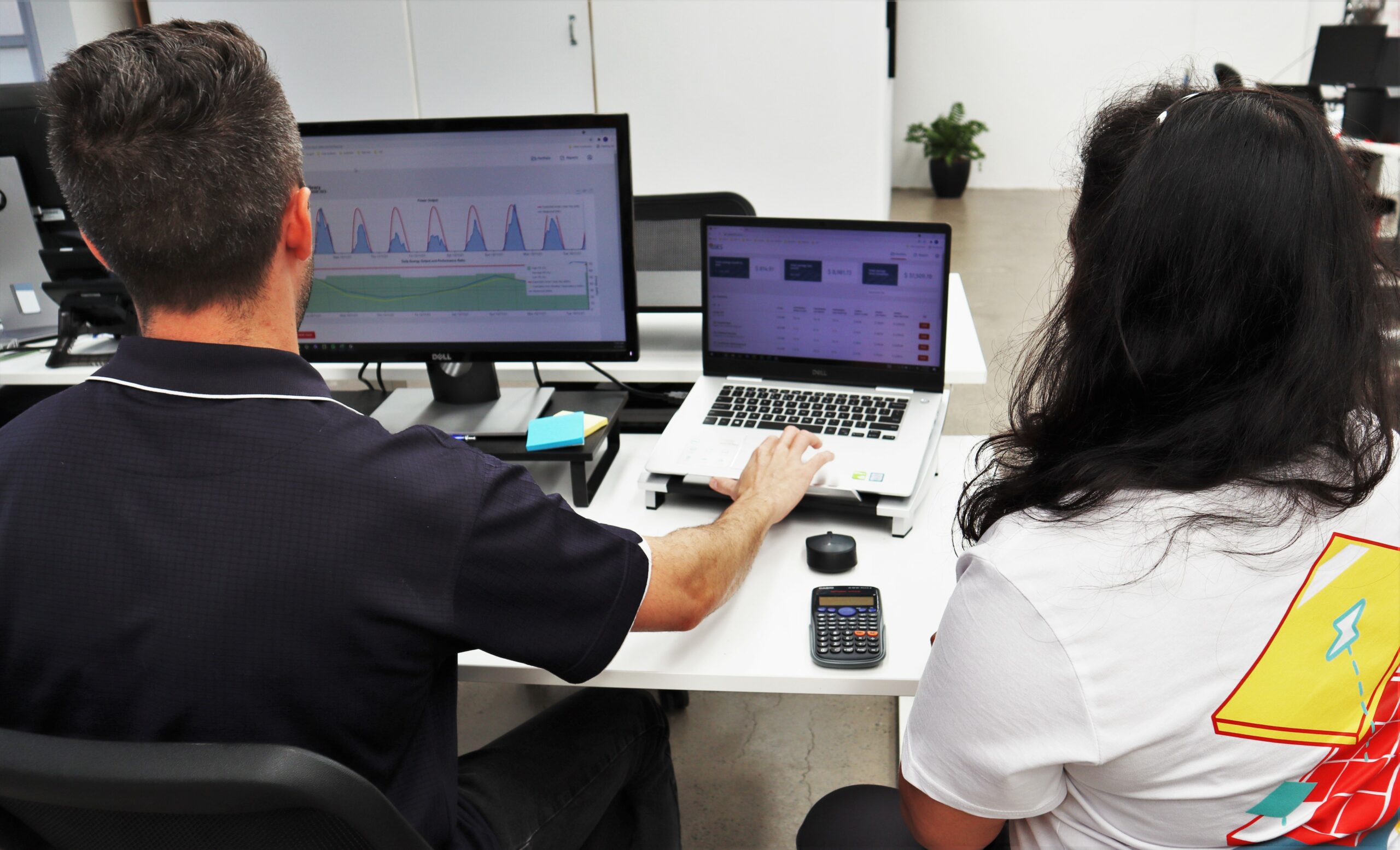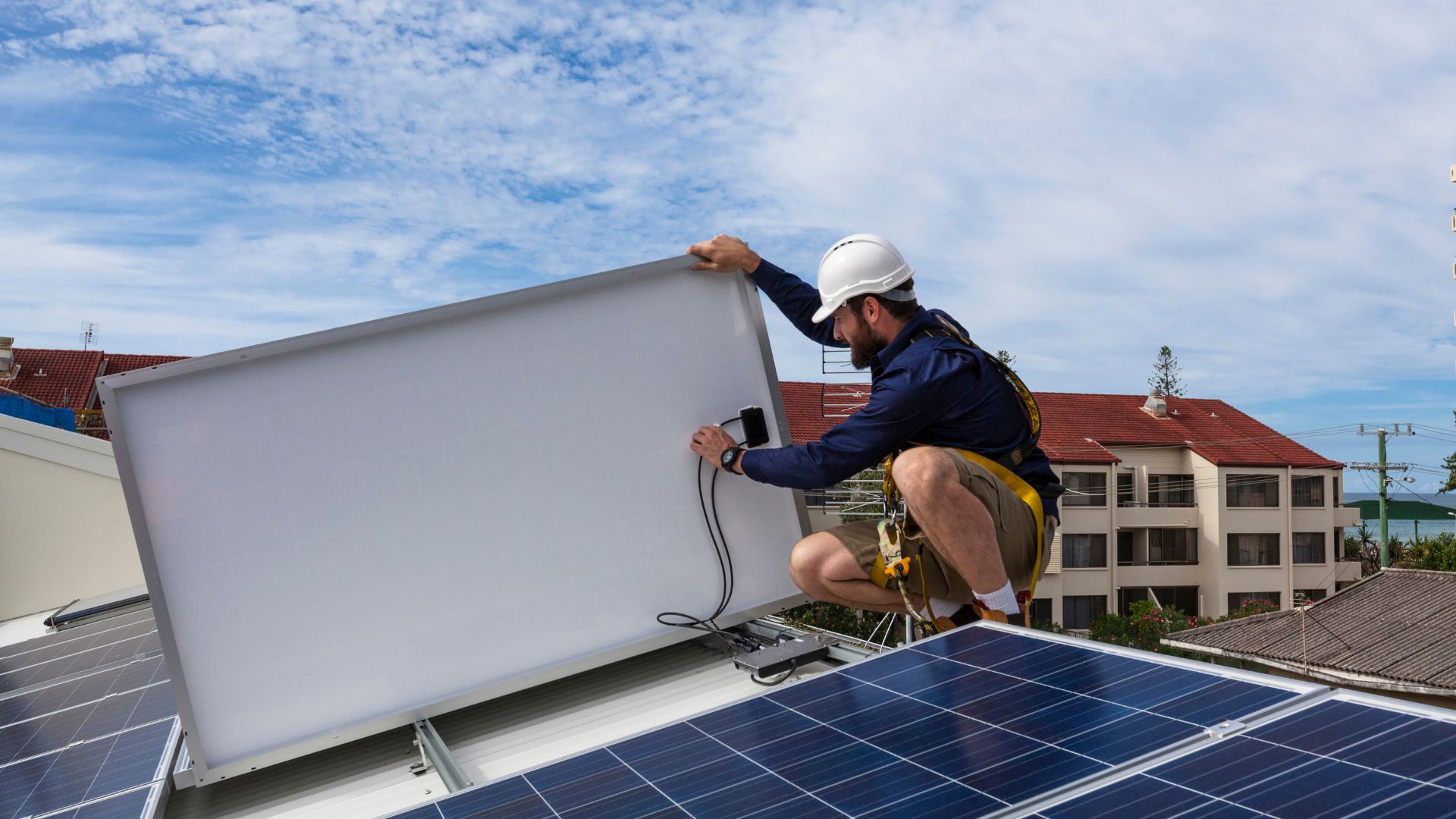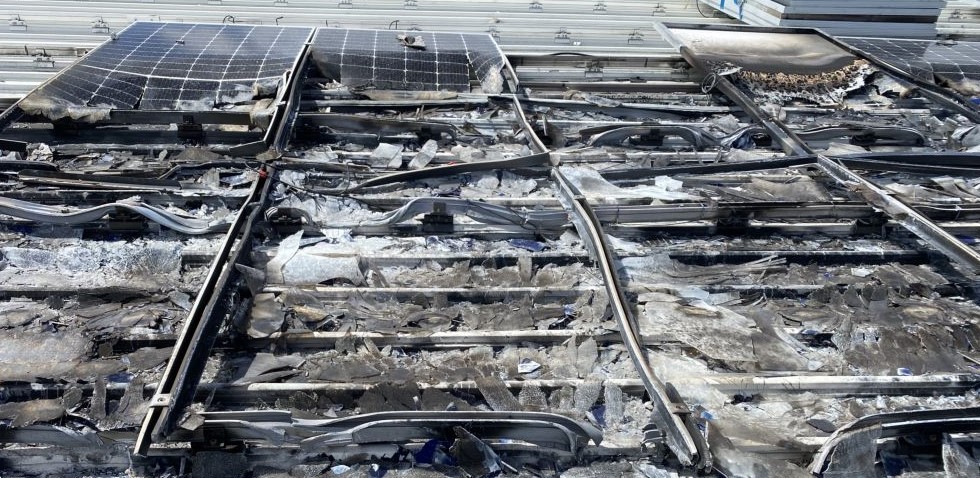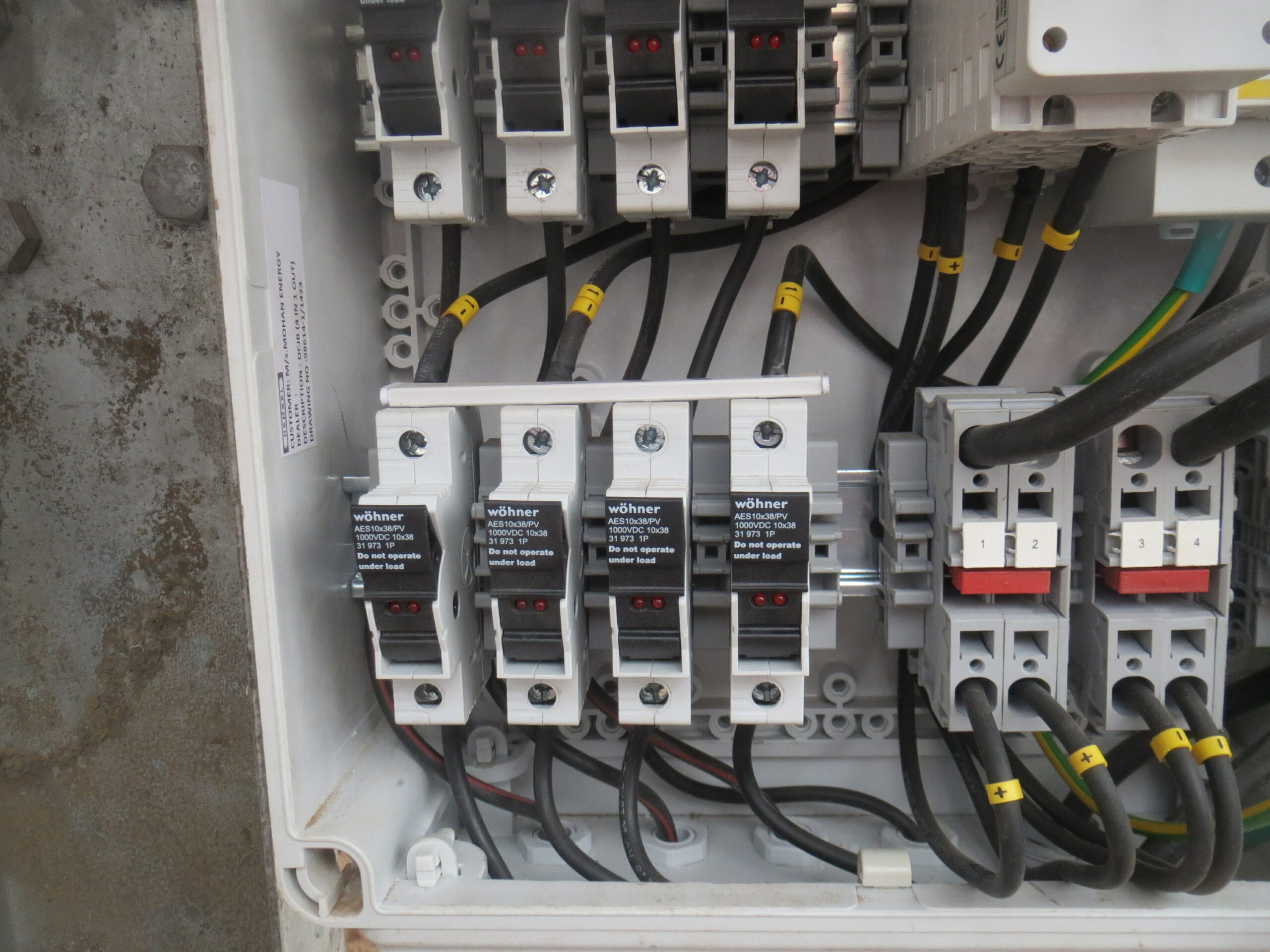The Clean Energy Regulator has just announced Solar Accreditation Australia (SAA) as the new installer and designer accreditation administrator! This means that the CEC is no longer the accreditation scheme operator, and the SAA accreditation scheme is now in effect. SAA is an independent, not-for-profit organisation founded by the Smart Energy Council and Masters Electricians […]
Category: Technical Articles
To maintain our position as the preferred knowledge network for the industry and commerce of renewable energy innovation & technology, GSES communicates factual, up-to-date and evidence based information for publication. These include information on the issues surrounding DC circuit breakers, earthing fundamentals, how to sell solar, and information on isolator enclosures.
Solar Installation: Common Mistakes and Best Practices
In 2023 the Clean Energy Council suspended 166 accreditations and cancelled 51. Most of the cases opened came from the Clean Energy Regulator’s inspections program [1] which focuses on quality and compliance of installations across the country. GSES has been part of the Clean Energy Regulator’s inspection program for many years and has seen all […]
Battery DC cables to Inverters may need to be oversized by 25%
Part of the design of extra low voltage battery systems involves sizing battery cables and fuses. There is one aspect that is often overlooked which can easily result in under dimensioning these vital components. This article is aimed at 48V, 24V and 12V systems which are either grid connected or standalone. It provides the background […]
NSW Work Health & Safety Amendment Bill 2023
Last month, the NSW parliament passed the WHS Amendment Bill 2023. The bill covers a number of updates in relation to increased maximum penalties, a new silica register and a new asbestos notice regime. The changes primarily impact PCBUs (Persons Conducting a Business or Undertaking), as PCBUs are responsible for providing and maintaining a working […]
Managing Grid Constraints Related to Electric Vehicle Charging
As EVs become more common, so does issues with existing network and grid. This article explains how these issues are caused and a few of the possible solutions for them.
EV Charger Infrastructure and Procurement Guide
The EV charging infrastrucutre and procurement guide is a free document aimed at helping organisations procure charging infrastructure in a simplified, scalable, and cost-effective manner.
Diagno: Maximizing renewable portfolio benefits with actionable O&M intelligence
In this article, we review case studies of two recent issues that the Diagno team was able to identify and have rectified.
New version of the Wind Actions Standard AS/NZS 1170.2
This article lists the main changes to the 2021 version of AS/NZS 1170.2
What Causes Solar PV Fires and How to Prevent Them
This article lists the main causes of solar fires and methods of prevention that can be used.
PV overcurrent protection changes from AS/NZS 5033:2014 to 5033:2021
The requirements for DC overcurrent protection seem to have changed a lot in the AS/NZS 5033:2021 update upon first glance. But most of these changes are just rearrangement and new notation. This article will explain the old and new requirements. Skip to: AS/NZS 5033:2014 requirements AS/NZS 5033:2021 requirements Comparison of AS/NZS 5033:2014 and AS/NZS 5033:2021 […]


